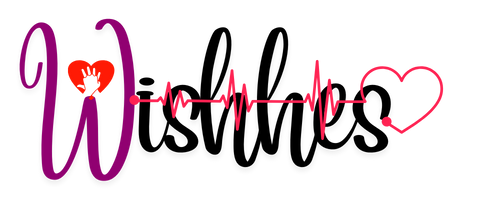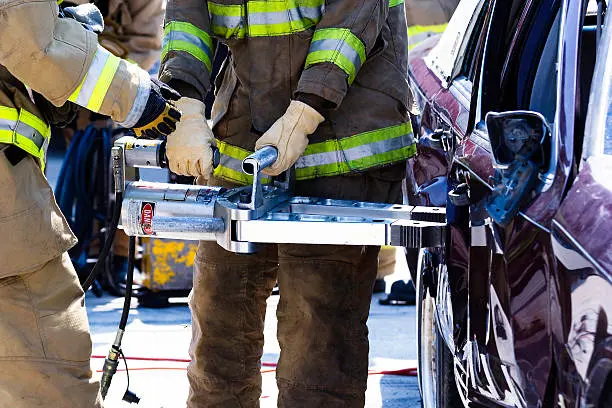Our feet are the foundation of our body, supporting our weight, providing balance, and enabling movement. Yet, despite their importance, many people experience foot deformities—structural changes that can impact both mobility and quality of life. Foot deformities vary widely in severity, cause, and treatment options. Understanding the different types can help you recognize symptoms early and take steps to manage or prevent complications.
1. Bunions (Hallux Valgus)
Bunions are one of the most common foot deformities, characterized by a bony bump at the base of the big toe. This occurs when the big toe pushes toward the other toes, causing misalignment. Bunions can result from genetics, ill-fitting shoes, or arthritis.
Impact on Daily Life:
- Pain when walking or wearing shoes
- Difficulty finding comfortable footwear
- Altered gait, potentially affecting knees and hips
Early intervention, such as wearing wider shoes, using orthotic inserts, or practicing foot exercises, can help reduce discomfort. In severe cases, surgery may be necessary to realign the toe.
2. Hammer Toe
Hammer toe is a condition where one or more toes bend abnormally at the middle joint, resembling a hammer. It often develops due to muscle imbalance, wearing tight shoes, or underlying conditions like arthritis.
Impact on Daily Life:
- Pain and corns on the affected toes
- Difficulty wearing shoes comfortably
- Reduced flexibility and altered walking patterns
Treatment usually involves wearing shoes with a roomy toe box, padding the toe, or using splints. Surgical correction may be recommended for severe deformities.
3. Flat Feet (Pes Planus)
Flat feet occur when the arches of the feet collapse, causing the entire sole to touch the ground. While some people are born with flat feet, others develop it over time due to injury, obesity, or aging.
Impact on Daily Life:
- Foot and ankle pain, especially after prolonged standing
- Increased risk of plantar fasciitis or shin splints
- Strain on knees and lower back
Orthotic supports, stretching exercises, and supportive footwear can alleviate symptoms. In rare cases, surgery may be needed to restore the arch.
4. Claw Toe
Claw toe is a deformity where the toes bend downward at the middle and end joints, resembling a claw. It is often linked to nerve damage, diabetes, or muscle imbalances.
Impact on Daily Life:
- Pain from friction against shoes
- Corns and calluses on the toes
- Difficulty walking or maintaining balance
Treatment focuses on proper footwear, exercises to strengthen foot muscles, and in advanced cases, surgical correction.
5. High Arches (Pes Cavus)
High arches occur when the foot has an abnormally raised arch, which can lead to poor shock absorption. This condition may be inherited or associated with neurological disorders.
Impact on Daily Life:
- Pain in the heel and ball of the foot
- Increased likelihood of ankle sprains
- Difficulty finding shoes that provide adequate support
Cushioned insoles and supportive footwear help reduce discomfort, while physical therapy can improve foot mechanics.
6. Other Common Deformities
- Clubfoot: Usually present at birth, causing the foot to turn inward. Early intervention with casting or surgery is crucial.
- Overlapping Toes: Occurs when one toe lies on top of another, often causing friction and pain.
- Morton’s Neuroma: Thickening of tissue around a nerve between toes, often mistaken for a deformity due to discomfort and altered gait.
Living with Foot Deformities
Foot deformities can affect daily life in subtle and obvious ways, from causing chronic pain to limiting mobility. Ignoring symptoms may lead to further complications in the knees, hips, and lower back due to altered walking patterns. Early recognition and intervention are key.
Practical steps to manage foot deformities include:
- Choosing shoes that fit well with adequate toe room
- Using orthotic inserts for arch support or alignment correction
- Practicing foot-strengthening exercises to improve flexibility and balance
- Consulting a podiatrist in Orem for persistent pain or severe deformities
In conclusion, foot deformities are more than cosmetic concerns—they can significantly impact daily life. By understanding the types of deformities and their effects, you can take proactive measures to protect your feet, maintain mobility, and enjoy a more comfortable, active lifestyle.




